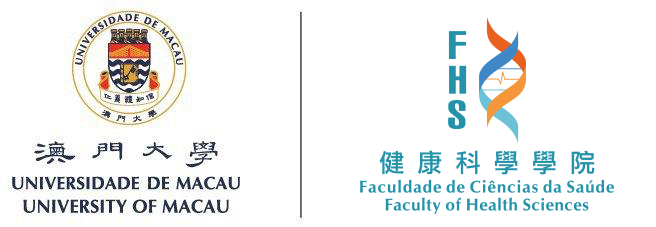The research team led by Xuanjun ZHANG, Associate Professor in the Faculty of Health Sciences (FHS) at the University of Macau (UM), has developed a highly effective photosensitive anticancer drug, representing a major breakthrough in the development of practical photosensitive drugs. The drug is not constrained by oxygen concentration and can effectively address the problem of low efficacy caused by hypoxia in the tumour microenvironment during photodynamic therapy. The research results have been published in the internationally renowned journal Nature Communications.
Photodynamic therapy (PDT) is a new type of tumour treatment in addition to chemotherapy, radiotherapy, surgical treatment, and immunotherapy. Its principle is to use photosensitive drugs to generate toxic reactive oxygen species (ROS) by photochemical reactions under laser irradiation, thereby effectively killing tumour cells. It has minimal side effects and is suitable for synergistic treatment. PDT can be divided into Type I and Type II depending on the different ROS produced. The Type-I pathway generates superoxide anion free radicals, hydroxyl radicals, and hydrogen peroxide by electron transfer, while the Type-II mechanism converts oxygen into singlet oxygen by energy transfer. In clinical practice, conventional PDT uses Type-II photosensitisers, which exhibit a disadvantage due to their high dependence on the concentration of oxygen during the photochemical process. The hypoxic microenvironment induced by mechanisms such as high metabolic rate and high oxygen consumption significantly diminishes the effectiveness of PDT. Therefore, the development of hypoxic active Type-I photosensitisers with low oxygen dependence and absorption in the long wavelength regions (deeper tissue penetration) is of great significance for clinical treatment. However, due to the lack of effective universal design strategies, the development of Type-I photosensitisers lags far behind that of Type-II photosensitisers. Organic iridium (III) complexes are a type of photosensitisers with excellent photocatalytic properties since the bountiful orbits of iridium atoms can promote the spin-orbit-coupling and lead to a higher probability of undergoing intersystem crossing, thus improving Type-I ROS generation. Despite this, their inherent short excitation wavelength results in limited tissue penetration and significant photodamage, which has become the main obstacle to their clinical application.
The research team successfully developed a highly effective photosensitive drug by tailoring the molecular structures of the selected iridium complexes and semiconducting polymers and assembling them. The drug can not only maintain the Type-I photochemistry of the iridium complexes, but also take full advantage of the strong absorption of semiconducting polymers in the long-wavelength region. With the incorporation of iridium atoms, the efficiency of metallopolymers in ROS generation is increased more than 80 times compared with the mother polymers. More importantly, this strategy is highly universal and has been successfully extended to the development of a series of photosensitive drugs.
The newly developed photosensitive drug has been successfully used in the treatment of breast cancer in mice models. The research results were published in Nature Communications under the title ‘Metallopolymer Strategy to Explore Hypoxic Active Narrow-Bandgap Photosensitizers for Effective Cancer Photodynamic Therapy’.
The corresponding author of the article is Xuanjun ZHANG, and the first author is Zhao ZHANG, a PhD graduate of FHS. Zhen YUAN, professor in FHS, Guichuan XING, professor at the Institute of Applied Physics and Materials Engineering of UM, and Changfeng WU, professor at Southern University of Science and Technology also made important contributions to the research. The Animal Research Core, the Proteomics, Metabolomics and Drug Development Core, and the Biological Imaging and Stem Cell Core provided high-quality services for the research. The project is supported by the Science and Technology Development Fund of the Macao SAR (File no: 0085/2020/A2 and 0114/2019/A2), the Guangdong Basic and Applied Basic Research Foundation (File no: 2022A151501061 and 2023A1515012524), UM (MYRG2020-00130-FHS and MYRG2022-00036-FHS), and the Ministry of Education Frontiers Science Center for Precision Oncology, UM. The full version of the research article can be viewed at https://www.nature.com/articles/s41467-023-43890-z.



